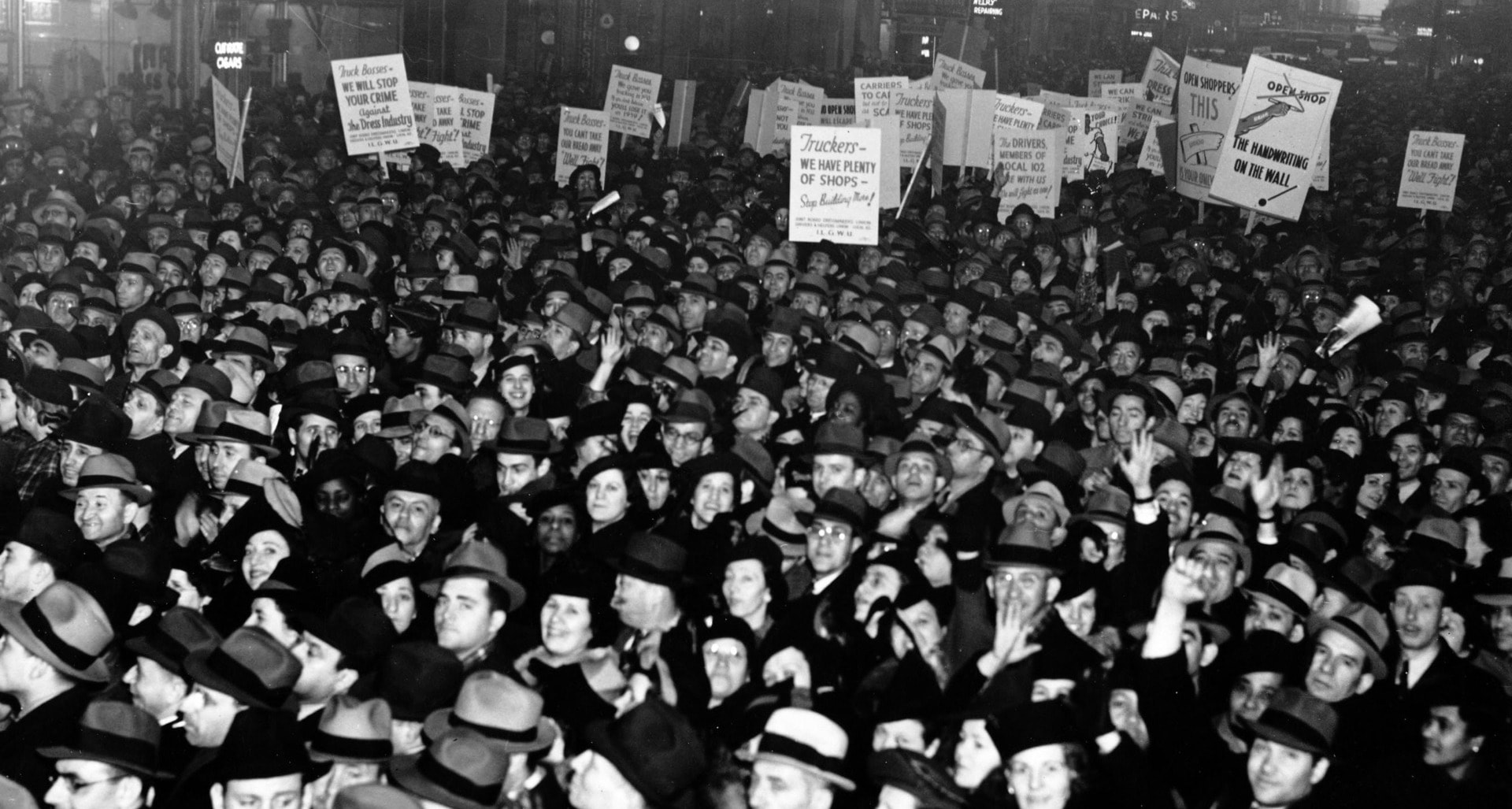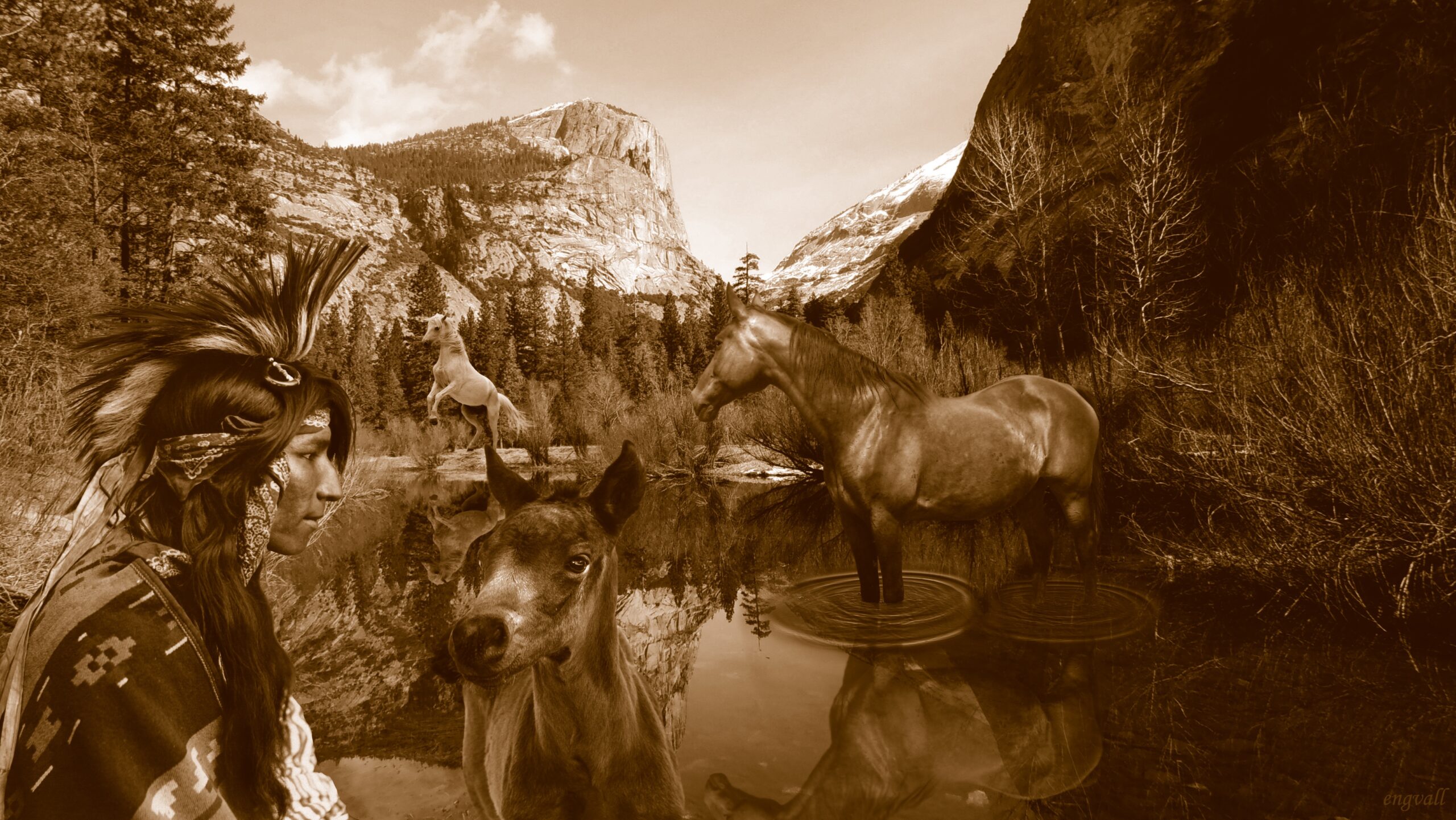Since the dawn of humanity, jewelry has been used to represent beauty and given to others as a show of affection. Elements and minerals like gold, silver, and diamonds have become idolized for their shininess and color, and despite all the other changes that have occurred in the 21st century that traditional reverence doesn’t appear to be changing any time soon.
What isn’t as sparkling is the effect mining for these precious substances has on the world. A Washington Post column on the environmental effects of gold mining noted that an 18-karat wedding band leaves behind 20 tons of ore and waste rock in the process, and the World Diamond Council reports that common environmental challenges from diamond mining include land disturbance, energy use, and biodiversity impacts. All this excludes the human cost of mining in some places as well, epitomized by the now infamous phrase “blood diamond”.
Thankfully not all miners and jewelers support wasteful mining, and one example of this is NUMA. Started by Melika Dahlouk, NUMA uses recycled gold, silver, and brass for all its jewelry products, helping to reduce waste by utilizing already mined materials. In addition to jewelry, NUMA also produces eco-friendly leather and woven goods as well. I interviewed Melika and asked her about her unique background, her interactions with artisans, and NUMA’s future goals.
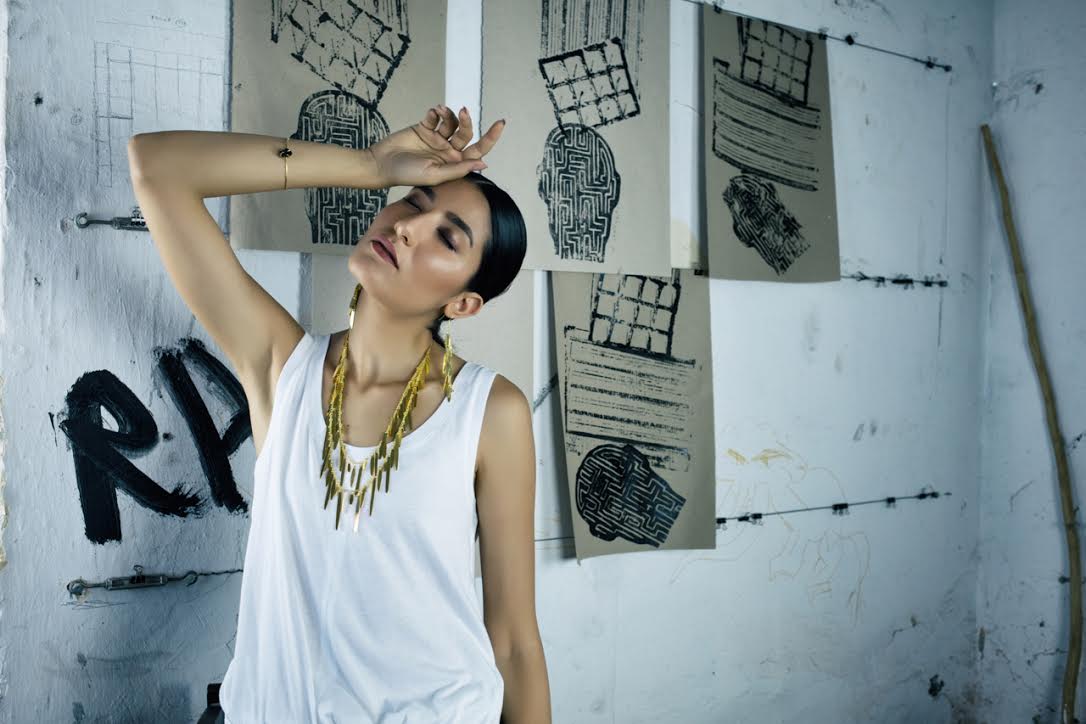
In the Photo: NUMA model showing off a gold necklace Photo Credit: NUMA
Q: What originally inspired you to found NUMA?
MD: So in fact I have a UN background, twenty years of it. I studied art history at the Ecole du Louvre and business studies at the Sorbonne in Paris, and did my master and post-graduate studies in Los Angeles. I did a jewelry course there really just for fun, without having any intention of making this professional. Although I studied and majored in business studies it had a development component. My idea since the beginning was to work in the development field, and I started with my first internship at UNESCO, and then I went on to work with five UN agencies, along with some NGOs along the way. I worked in the headquarters in Paris, New York, Geneva but also in many other countries like Kenya, Senegal, Thailand, Tunisia, and it was always interesting to see what various informal sector entrepreneurs were doing. What I noticed is that in a lot of countries craftsmanship was a major source of revenue. Even if there was no tourism it was a part of community development. So I always thought we should look into creating a project that brings such products to the mainstream market.
So I started NUMA, and the aim was to combine development and creativity. The idea I started was something I looked into when I was studying. I was also really interested in tribal jewelry and what it meant, not so much the precious jewelry. But then I realized that there was something I could do using clean metals and stones, so I really tried to develop lines that were completely sustainable in the sense that they were not using any “blood stones” or stones that were issued from mining without strict restrictions, and I looked into recycled metal. That is something that I developed initially in Tunisia, thinking that I would expand to other countries.
I started with three artisans. Then word got out on what I was doing and I was introduced to several artisans along the way that were not at all in the jewelry business, and I had to develop several more lines. Initially I was in jewelry, and then I had to develop leather lines because I met this amazing craftsman for leather, and then I met women along the way that were working on weaving, so we developed weaving lines. It was mostly dependent on people and the craftsmen and women that we met. I did develop relations with two other NGOs, one with manufacturing components in Uganda with women victims of violence, and in India we developed a clothing line to look into clean dying processes. I realized that it was way too much for a company like us to expand to other continents for now, so we decided to focus on Tunisia, and we went from three to twenty artisans with three different lines. In the future we still want to work with artisans in other countries, so this is still something in the pipeline.
Q: What kinds of inspirations do you rely on when designing your jewelry?
MD: I always wanted this line to be universal, I never wanted to do something very ethnic. The purpose was also to get the artisans out of their comfort zone. Whenever I traveled I noticed a lot of the artisans were doing the same thing. Of course, that is something that is very relevant with craftsmanship; you have to do the same things for years to perfect your art. But the idea was for them to become more accessible, and do things that appeal more to the general public and people from different countries. So I wanted the artisans to stop working on symbolic items, especially since in various regions you have things that come back again and again and again. The idea was to also train them in doing things that are different, and really develop a sense of their own creativity. I think in general artisans are not very creative and their purpose is to do things very well in the way it has been done for centuries.
For me, developing this project was not so much about poverty alleviation, because these artisans are already expert craftsmen and women. It’s not so much that they do it only for survival; this is really them giving their value, as it’s done in Italy or France for example, where craftsmanship is highly respected and where people really look at the number of hours of work and how much has gone into each object. This is something that developing countries don’t enjoy. Most of the time they have to offer things that took them hours to prepare, and they have to sell it very cheap for mass tourism. I really wanted to lift that to the next level, and get them to do things that are way more complicated than what they’ve done in the past but could also appeal to an audience that is quite demanding.
So for me inspiration draws from what they know in terms of craftsmanship, I have to use their methods. For example, if one is really specialized in hammering I have to insert hammering in the creative process, and then the inspiration really comes from what I feel in terms of trying to appeal to our humanity.
A lot of the jewelry has messages. We really try to be poetic in what we say and try to make people think. Sometimes a piece is really a talking piece. People will say “what does it represent?” For example, there is one piece that we call “Sameness”, which is two intricate characters, one inside the other, but they are actually very different. The idea is to say that we are all the same, it doesn’t matter where you’re from. I try to use things that appeal to feelings and our sense of being from the same planet and protecting it and sharing the same values.
At the same time the idea is not to be a preaching brand, we still have to be quite neutral and we just want to please everybody everywhere. Another idea for inspiration is to develop lines that are very much timeless. We want to make things that people keep. We don’t follow trends, I personally never look at what is happening elsewhere. I really want to produce pieces that appeal to women of all ages and that they will keep forever, and this is really what I get as feedback, where people, whether they’re in New York or Geneva or Hong Kong, like the piece for what it is and it’s very meaningful. It has a soul, you can wear it with jeans or with an evening gown. That versatility is very important in the creative process.
Up until now I’ve been creating all of the pieces, whether it’s jewelry or bags or even the beach towels. I personally create every single piece, and they’re all exclusive design. But in the future we’d also like to collaborate with designers. We’ve done capsule collections with designers that have very different backgrounds. For example, we’ve done special bags with painter Feriel Lakhdar and a jewelry line with stylist Daniela Rose.
In terms of the creative process the challenge is really how to produce something that appeals to everybody. People ask me “who is the NUMA woman or the NUMA man?” I think it’s very difficult to answer because NUMA really appeals to very different people. I think that’s the most important thing.
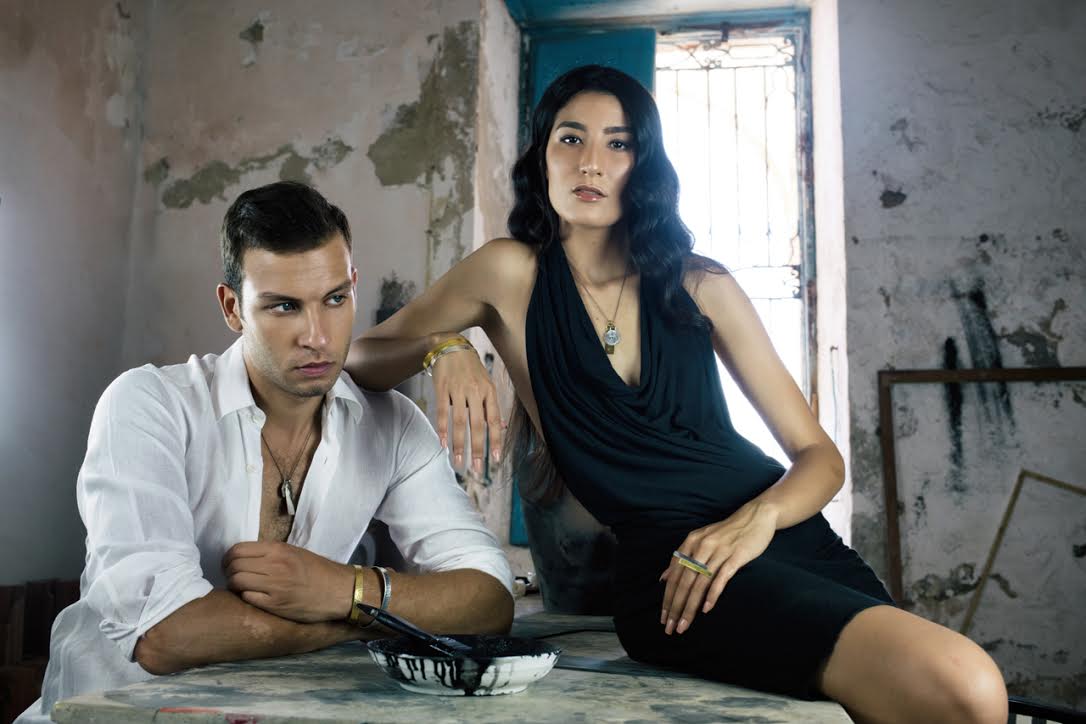
In the Photo: NUMA necklaces and bracelets Photo Credit: NUMA
Q: I feel like it’s very interesting that you mention that timeless aspect.
MD: It’s also very much related to sustainability, because I think we really have to get out of this consuming age where we buy things based on trend. I know very well that fashion diktats force you to follow trend books that are three years ahead, and everybody’s going to do the same thing and everybody’s going to be in the market playing the same trend, where people will feel that’s what they like for that specific season. I think we really have to shift models to slow fashion and instead of being “in-trend”- the idea is not to do something that is not modern or that feels out of place – but we can still make things that will appeal to you ten years from now, and that’s really important. The pieces are meant to be kept for a long time.
Related article: “FINE JEWELRY. IT’S EVOLVING” by Paola Van Der Hulst
Q: In addition to jewelry made from recycled materials, NUMA also sells leather and woven goods as well. How have you been able to incorporate sustainable practices into those two product lines?
MD: As a matter of fact they were naturally doing that. In some of the developing countries people work with what they have. It’s not like they can really import that much and manufacture components., they really use what’s around them. Especially in Africa, I’ve seen that all the time and they create amazing pieces.
With leather what I realized is that there is a lot of waste. You do have beautiful leather, and I went to Italy myself to see some of the manufacturing processes. This is also where I learned that I could never produce leather for our brand, because I did in the beginning and I saw how polluting it was. It’s insane. I mean once you see it you don’t want to produce anything anymore! So I thought why not use what is in the market? What we do is upcycle leather, from the most upscale Italian leather companies that are used by some of the most expensive designer brands. This means it’s new but it’s not manufactured for us. We still have to pay for it, the only thing is that we don’t produce it. It’s a good thing for us. We don’t add to the waste, we use the waste. There is a market for that, but we have to organize ourselves to be able to present that to our clients without constraints. It’s also an educational process where you say “OK, we’re going to offer this piece in black but not all of them will be from the same leather. They will all be as beautiful and they will all be unique.”
We have a deal with a French luxury fabric company, and that allows us to create bags that all have a different lining. For our customers it’s really interesting, there’s an element of surprise, and they like the fact that it’s unique. I think people are now getting used to the idea of upcycled and sustainability, but when we started it was a different story. At the time, we really had to explain how we work and reassure that we can provide the same quality over and over.
For us as an ethical company, it’s very different from mainstream companies that work in an industrial manner with fabrics that they order from industrial manufacturers. It’s a very different story because they can do 2,000 pieces that are strictly identical. And we cannot do that. So we work around that. It was considered a weakness but now it has become a strength. Now the market is very positive for our kinds of brands. It’s much easier than when we started.
Q: On your website you mention that your team handcrafts each of its woven products, how do you balance that high degree of care with profitability and sales?
MD: We provide a special service for very demanding customers. The interesting thing is that we do a lot of corporate products. For example, we produce specific lines for five star hotels and beach clubs. We work with places in Ibiza, in Miami. We’ve done things for extremely different places. They all have different needs in terms of color and style, and I try to design things specifically for them. So this is certainly an added value compared to industrial production, and they get the feeling of something special that they share with their customers. They feel that they are giving their customers special attention, and this is very much in line with current hospitality trends.
I think we can only appeal to customers that are a bit like us. They don’t want the industrial stuff, they want something different. They also have to be a bit patient with us, because we need more time for production. We have some constraints, but in the end they love our products so much because it’s a different offering. I think we try to be quite understanding of each other, and certainly we provide a service that is much more developed that what an industrial brand would do, and they appreciate that.
We do provide quality in a timely manner; it’s a matter of organization. When I look at the way we’ve increased our production, it’s been quite interesting the last five years. In fact, in the last three years we’ve had to purchase five new weaving looms, but these still remain with the artisans. The whole idea is really to empower them. They’re not subcontracting for us. The whole idea is to give them the means to grow, and to produce in a more professional way and follow very strict design guidelines. I think this has helped them to really grow as entities of their own. That was our purpose.
We’ve also received specific grants to help us and to create a new generation of artisans. This is still very important for me because some of the artisans that I work with are quite old, and they are certainly the last of their kind. The idea is to create a new generation of young people who find the interest and the patience and the financial compensation that they need. I think the public perception is that artisans spend so many hours working for a small retribution. We want to shift that. We aim to elevate and celebrate craftsmanship. NUMA artisans receive higher revenues but our items are still very affordable. It is a challenge, but we want to make sure everybody finds a strong purpose.
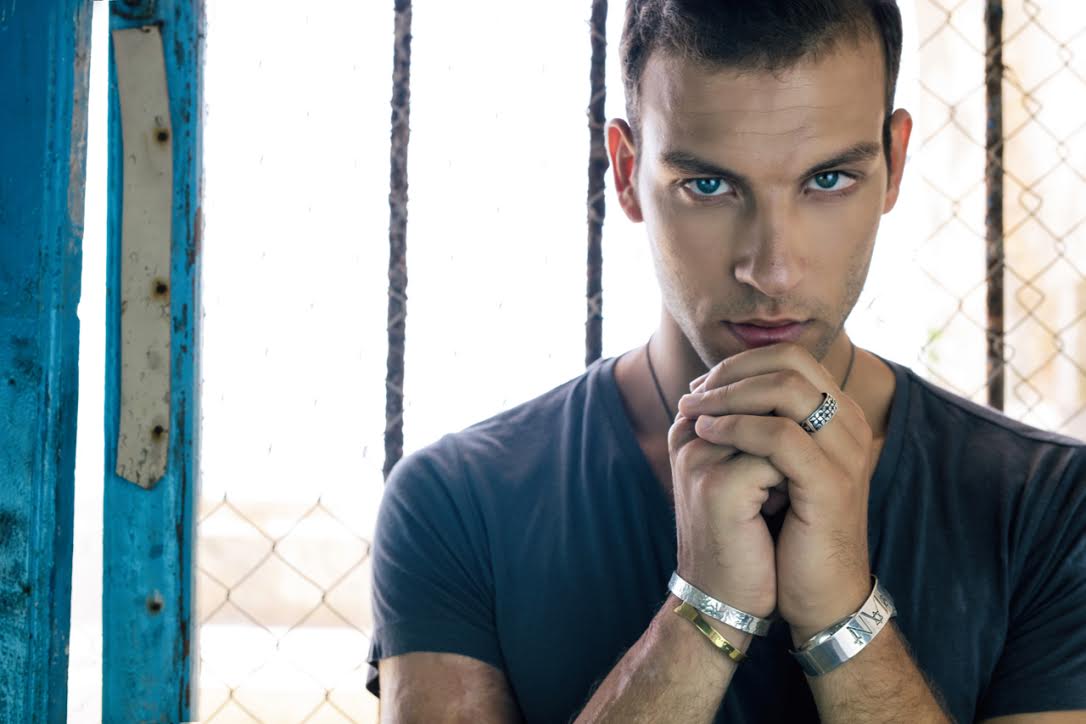
In the Photo: NUMA mens collection Photo Credit: NUMA
Q: What is the future of NUMA in your eyes?
MD: If you ask me, I would like to expand to every single country where I see beautiful things!
But in reality it’s different. In more concrete terms I think we really need representation, our difficulty is in distribution. We’ve become very good at processes and production and knowing how we can develop and take people to the next level. If you think about it in development terms, a lot of the artisans are not formalized, a lot of them are in the informal sector. In Africa 70% of the production is by women in the informal sector, and people don’t want to become formal because it’s too complicated. There’s taxes, paperwork, corruption; they’re very scared to make that shift. A lot of them don’t become companies so they can’t export, and it becomes a vicious circle. This is something I really understand now, and I think I can bring some of the experience from different projects. I was asked to contribute to a project in Palestine, for example, to support women and help them to develop their craftsmanship into companies and into entrepreneurship, this is really something we can work on. I personally want to keep on doing this. As a result, I am now looking to consistently identify artisans globally, with a focus on NGOs and independent female producers in order to implement and support small ethical workshops. I’d also like to share my expertise of 10 years (15 years if you include previous UN and NGO entrepreneurship and development roles) training and empowering artisans, as well as developing and producing successful designer lines for todays market.
The issue is that when you become a company you have to find distribution channels, and that is extremely competitive in this field. Companies are now being bought by funds that finance everything from trade shows to retail space. Only the strongest can survive. When I did that trade show in Paris I was really the only ethical brand. Nowadays the participation fee is around €20,000, it’s just becoming impossible. Our profit goes back to the artisans, we don’t have marketing budgets. The industrial ones do, and they manage to hire more people and develop funds that they can dedicate to publicity. We don’t have that luxury. We have to find distributors and agents who can represent us to do that distribution job for us, so that is really our challenge as a company.
But we still have the freedom to do whatever we want, and we have a plan ready to expand to other countries and develop more collaborations, not just for design but also finding alliances and doing more collaborations with other brands. I’m part of a nice platform called the Ethical Fashion Forum in London, and we are a pioneer brand, we’ve been there forever. Now it’s grown into a very large platform for brands. We say the market is ready, but we don’t have enough ways to present ourselves to really be stronger together. I think the idea in the future is for somebody to be able to find a one-stop shop, where everything you have there is ethical and beautiful. This is really what we have to aim for. Personally I would love to do more collaborative work, and work with other craftsmen and women in other countries.
As a result of this expanded and wider focus for NUMA, I am also now looking for a like-minded and strong commercial partner. This partner could be an organization, institution, or company already well established as a distributor globally, one that has a substantial access to international sales channels so that my focus can be devoted to artisans, design, and production while our partner develops the commercial and marketing side of the business. With such a business model, the successful continuation of NUMA as a global project is guaranteed from the start!
EDITORS NOTE: The opinions expressed here by Impakter.com columnists are their own not those of Impakter.com




